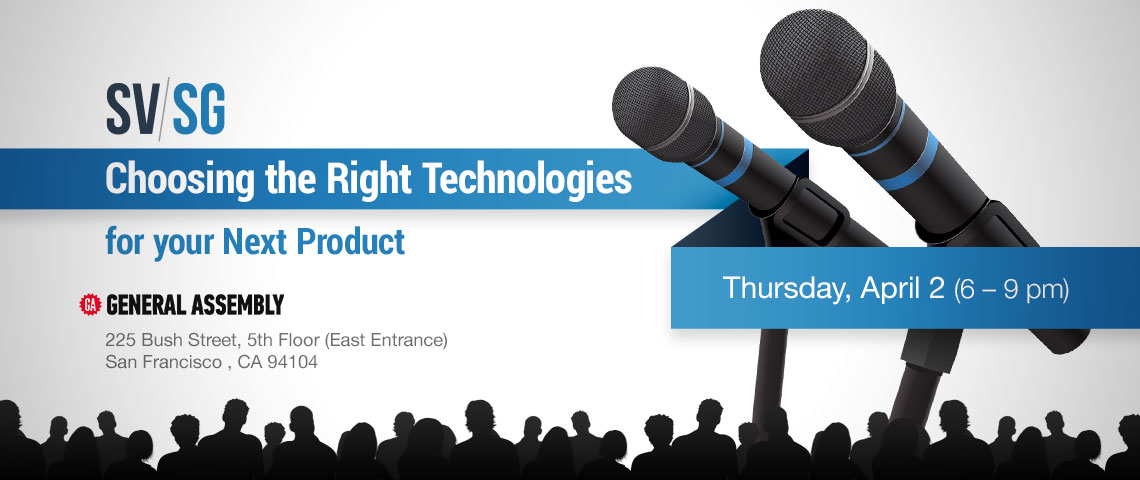
In the last post, we highlighted the disruption that chatbot technologies are poised to make in call centers. To recap, we are seeing the trend that Generation X and Y have now shown a preference for text-based communication over voice. This results in consumers increasingly wanting to talk with brands via messaging platforms like Whatsapp and Facebook Messenger. Simultaneously, there has been an explosion of conversational A.I. technology tools and frameworks in which natural language processing can be used to automate customer support inquiries. As the last installment discussed, this trend provides a compelling opportunity for companies to drastically reduce the costs of running their call centers.

In 2014, Facebook acquired WhatsApp for $19 billion. That astronomical number set off waves of speculation as to what value Facebook could possibly see in a company with just 55 employees and roughly $20 million in revenue, although it had 500 million users. At last week’s F8 conference, that vision became a lot clearer, and it’s big. Chatbots will cause a near-term disruption in how businesses interact with consumers, and a long term paradigm shift in how people will interact with machines.

An MVP is all about getting a product into the hands of your customers quickly and learning from their feedback. Importantly, it also serves as a foundation for your engineering team to build on as your company grows. Before any code gets written, you will need to select the tech stack that will power your application.

Too much debt, whether financial or technical, can cripple an organization’s freedom to move forward. However, unlike financial debt whose cost is spelled out in a statement, the burden of technical debt to a company is not immediately clear, as it cannot be measured by simply reading the code.

Operating with debt is a normal component of doing business. Just as financial debt must be controlled and leveraged to take advantage of market opportunities, any software project maintains a level of technical debt as well. Let’s explain what this is and clear up some misconceptions.

Lean Startup and Agile (whether the latter is Scrum, Extreme Programming, or Kanban) share common roots in Lean Manufacturing, the work Deming did with Toyota beginning in the 1950s to increase quality and throughput through teamwork. (Lean was virtually synonymous with the word Kanban just a few years ago, in programming, until the advent of Eric Ries’ book Lean Startup usurped the word.)

Technology in it of itself is not a cure all to innovation. Technology needs to map to business objectives which in turn are derived from the changing market landscape. In this post, we highlight one impressive example of corporate innovation done right: namely Target’s efforts in leveraging its mid-market consumer brand to take advantage of the trends happening in the Internet of Things (IoT) technology space.

Many small and medium-sized businesses (SMEs) as well as larger, established, companies are augmenting their brick and mortar presence with an online presence. Concurrently, Agile Software Development Methodology (“Agile”) has been almost universally adopted by venture-backed software companies. In the following, SVSG offers a primer to SMEs on how to get started with Agile: what must be done right at the onset, and what to avoid.

First time founders often miss the difference between a prototype and a MVP (minimum viable product). In this post, we explore the difference.

Hear from a panel of experienced CTOs discussing best practices for choosing the right technologies, engineering team and lean practices for your Next Product. When: April 2, 2015, 6PM-9PM Where: General Assembly – 225 Bush Street, 5th floor (East Entrance), San Francisco, CA 94104